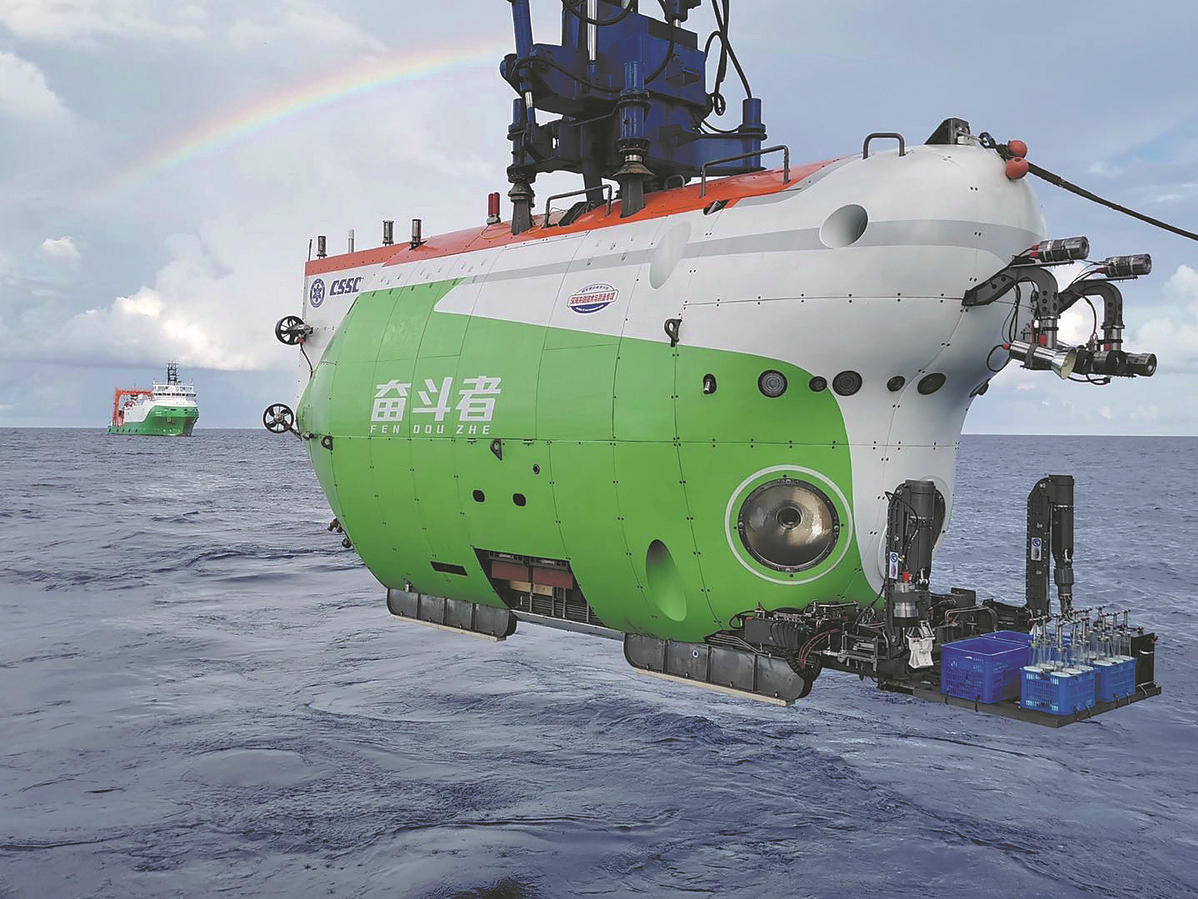Leading scientist revels in challenges


Unwavering persistence
Yang said that over the past two decades, China's materials science and engineering sector has seen major growth, with the first decade laying a solid foundation. However, the last 10 have really seen China emerge as a global science and technology powerhouse, characterized by many original breakthroughs.
"The recent progress has really made us confident and proud of our country and culture," he said.
The Chinese character for device or instrument is qi, which consists of four squares in each corner with the radical for a dog in the middle. Yang finds this ancient character, which dates back to the Shang Dynasty (c. 16th-11th century BC) surprisingly relevant to today's materials scientists and engineers.
"The four squares represent the four main applications of titanium alloys: aerospace, aviation, shipbuilding and weapons manufacturing. We (the scientists) are like the dog in the middle, pursuing innovation with tenacious and unwavering persistence," he said.
When making the YF-77 cryogenic engine that was used in the Long March 5 rocket, Yang was tasked with creating the hydrogen pump impeller, a critical component that feeds the combustion chamber with liquid hydrogen fuel to be mixed with liquid oxygen and ignited to provide thrust.
"An interesting fact about the critical component is that it may be a small part of the larger equipment, but it can make or break the entire project," Yang said. In the case of YF-77 engine, the turbo pump impeller needs to reliably operate under high pressure and at-253 C.
However, making this impeller was relatively easy compared with Yang's next big project: creating the crew chamber for the Fendouzhe deep-sea manned submersible that can withstand the extreme water pressure in the deepest parts of the ocean.
"The challenge was that we were not just creating a small part, but a one-of-a-kind giant metal ball that would safely carry three crew members as they descended more than 10 kilometers below the surface of the ocean," he said.
Innovative techniques
To make the crew chamber, Yang and his team, along with researchers from more than 10 other institutions, developed a new titanium alloy called Ti-62A and a new welding technique that does not use rivets and bolts, thus reducing the weight of the structure.
"We didn't have the chance for trial and error. The pressure on the team was immense, but at the same time we were more motivated than ever," Yang said, referring to crucial budgetary and time constraints.
In the face of monumental obstacles, he said it is important to have a deep understanding of basic science and the materials' properties, and maintain a positive attitude and be open to advice and collaboration.
In the end, the submersible touched down in the Challenger Deep, the deepest known part of the (Western Pacific) ocean, on Nov 10, 2020. The feat proved that China had acquired "full ocean depth capability", meaning that it can carry out routine manned expeditions and scientific exploration at any depth in any ocean.
"It took thousands of Chinese scientists and engineers to make Fendouzhe possible," Yang said. "In a sense, we are all strivers for greatness."



































